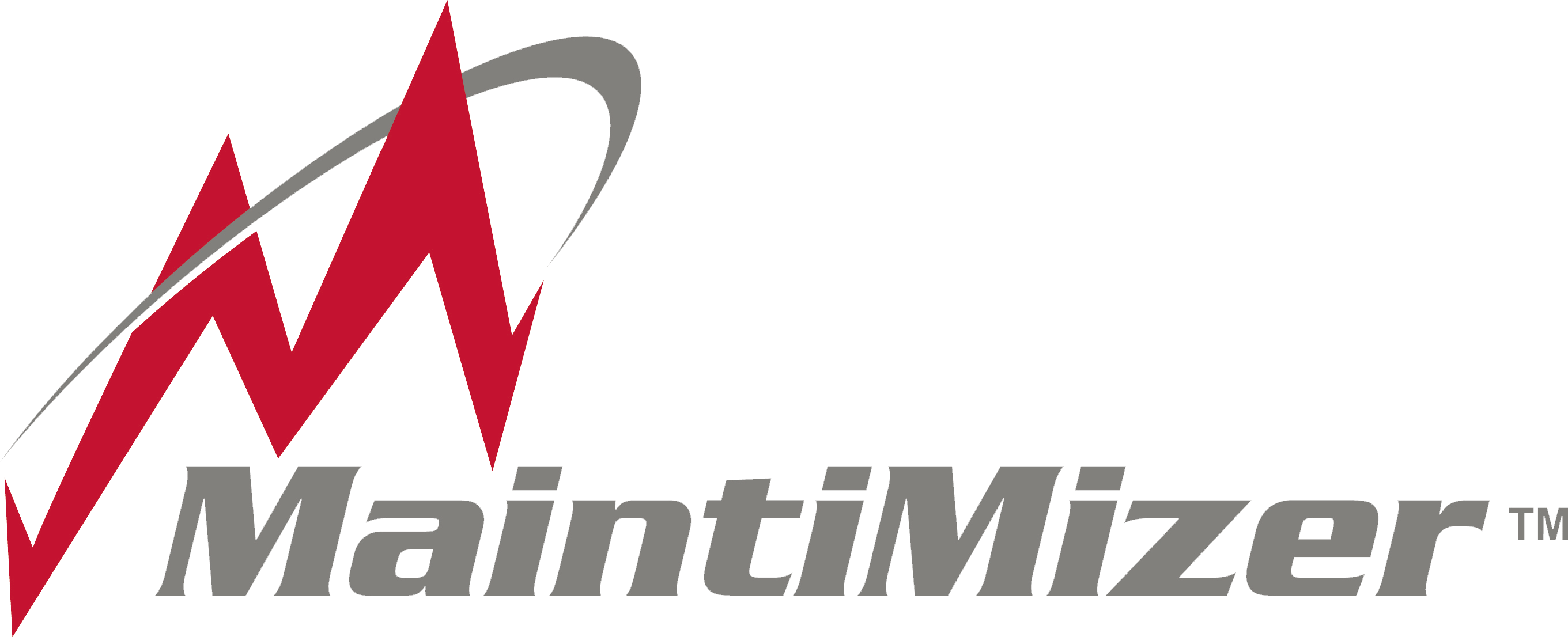Written by Steven Garcia
The fourth Industrial Revolution is upon us and more and more organizations are adopting data-driven solutions by combining the physical elements of manufacturing with the digital elements of the Internet of Things (IoT).
This advanced approach to industry further encourages integration across all “cyber-physical” systems. Companies use the information that digital systems gather (e.g. CMMS) about their physical systems (e.g. manufacturing equipment) to make decisions that are best for the organization as a whole.
But as the IoT grows so does the number of systems that have to be able to speak to one another. This means if you work for an organization on the cutting edge of facility management, it may take a dedicated team willing to lay the necessary groundwork to spearhead a successful CMMS implementation.
Alternatively, if you work for a smaller organization you may not need to focus on the perils of integrating a CMMS into a larger enterprise system. Smaller organizations should be more focused on making sure their workforce is prepared to be trained on new software and how it will affect their day-to-day operations.
The team here at Ashcom Technologies wants you to be prepared to implement your CMMS no matter the size of organization or business. So, whether it’s a maintenance team of one or a corporation of 4,000 here are 4 things to consider before you implement a CMMS.
1. Evaluate Infrastructure
Well designed CMMS software becomes pervasive in an organization and often acts as a central communication hub for your maintenance team. So in order to properly implement CMMS software an organization has to identify the number of physical locations and the number of maintenance technicians that will be utilizing the system. This not only includes maintenance techs that complete work orders but any employees that would need access to a CMMS to request a work order.
Like we said above, companies are much more than just a collection of facilities and workers. In Industry 4.0, with integrated systems and data coursing throughout, organizations are much more akin to a living, breathing organism.
2. Hosting On-Site or in the Cloud
One of the biggest decisions you may face when implementing a CMMS is whether to host on-site or “in the cloud”. Hosting a CMMS on-site may be preferable for companies or organizations that have secure and stable server infrastructure and an on-site IT team. On-site hosting is the preferred method for certain data-sensitive industries.
That’s not necessarily true for most organizations; if your company is smaller in scale and doesn’t have its own server system or employs a smaller maintenance team then cloud-based hosting may be right for you.
With cloud hosting, smaller businesses don’t have to worry about server maintenance, IT hours, or anything else that may pull resources away from actual maintenance work. With a cloud-based CMMS, also known as Software as a Service (SaaS), all you will need is a computer capable of accessing an internet browser and a CMMS license.
3. Time Allocation & Training
Implementing a CMMS is an investment not only in money but also in time, one that will undoubtedly return dividends. But, when you’re incorporating a new system into a pre-established workforce, it’s likely that some of your day-to-day operations may have to take a back seat.
In order to squeeze the most juice out of your CMMS, you’ll have to make sure the users are using the system properly and efficiently, which requires training. As an organization, be prepared to get creative with your team’s work hours so you can allow for CMMS training time.
Luckily, most CMMS companies offer a few ways to become certified by offering on-site training, online training, and off-site training.
There are advantages to each and the right choice depends on your organization. On-site training is valuable for larger organizations because it allows the CMMS experts conducting the training a direct look into facilities and overall operations so they can determine best practices on a case by case basis.
Off-site training, where users learn the ins and outs of a CMMS at a remote training facility, may be better suited for companies that already understand how a CMMS will be incorporated into their facilities and simply want their workers to be proficient users of the CMMS software.
Online training allows users to learn at their convenience but may not be as in-depth or expansive as the other two options. No matter your preferred method of training, it is absolutely necessary that your maintenance team is trained on their CMMS software.
4. Data Migration
Necessity is the mother of invention. If your organization is considering implementing a CMMS, it’s most likely that the need has arisen from your current system not providing enough data or your organization producing more data than can be handled via traditional methods.
If so, the next step in preparing your organization for CMMS implementation is gathering the current data on your organization’s equipment, assets, tools, employees, inventory and anything else that may be useful down the road. The more data the better – not only will your CMMS be able to operate more efficiently, it’ll allow your company to make smarter decisions for the future and that, at the end of the day, is what makes a CMMS a great tool for any organization.
So now that you’ve gathered your data, allocated time for training, decided how your CMMS should be hosted, and evaluated your existing infrastructure you’re ready to implement your CMMS. This is exciting! For a lot of organizations, progressing from traditional pen and paper to a CMMS system is the maintenance equivalent of going from a flip phone to a smartphone, and we’re glad that Ashcom Technologies could be a part of that very cool journey.

